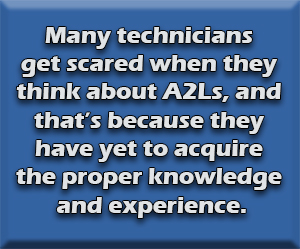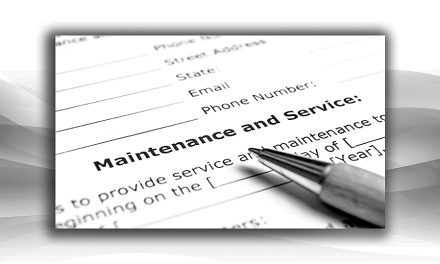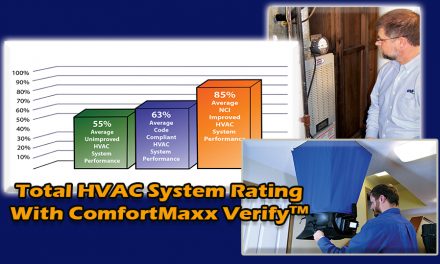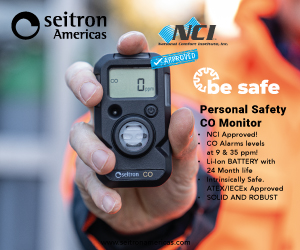Again, different A2L refrigerants have different properties, so pay attention to the charge on the data tag as well as your temperature and pressure readings to be sure you charge the system correctly.
Service Considerations
Other questions in the industry revolve around servicing equipment charged with A2L refrigerant. For example, I’m often asked how to check this equipment for leaks. What precautions are necessary?
If a leak exists in a room, there is little difference between most A2Ls and R-410a besides the A2Ls being slightly more flammable. The key is properly ventilating the space, which you’re supposed to do, no matter what refrigerant you’re working with. By following existing service protocols and procedures, you should have no problems.
Most HVAC equipment manufacturers have safety procedures they provide when it comes to charging their equipment.
What about when installers do changeouts? Again, standard procedures already exist. When changing out a compressor on an A2L unit, technicians should ensure they flush the system with nitrogen. Then they must cut the copper connections on compressors instead of un-sweating them.

The old mentality was to remove a filter dryer or a reversing valve. You’d un-sweat it and then re-sweat it back in. When a technician services the components of an A2L-based mini-split system, removing them using copper or tubing cutters is safer than using a torch to un-sweat it.
Many R-32 based mini-splits have flared connections. There is no reason for a technician to use torches on mini-splits with these connections. The problem is that many technicians fear flaring due to minimal experience and practice.
I recommend watching this video to learn about the best practices for making ductless flares.
When brazing lines that may have had an A2L refrigerant in them, the technician must ensure they’re brazing with nitrogen. This process is something everyone should be doing anyway, no matter what refrigerant may have been in the line.
Nitrogen helps reduce the oxide contamination that builds up inside the copper line. Nitrogen brazing has been around for a very long time. The safety aspects have always been there.
Knowledge is Power
Regarding A2Ls, the objective is not to scare technicians and consumers away because of its light flammability. The aim is to give them knowledge.
They need to know whether the A2L they’re working with is a drop-in or replacement refrigerant. What does it mix with? What oil is compatible and not compatible with it? And finally, what service practices are we supposed to be doing?
Again, many things have not changed: pressure testing with nitrogen, pulling a proper vacuum, and so on. Technicians should isolate with the vacuum to ensure the equipment passes decay tests without leaks. Then, they charge the system. Outside of that, everything is the same. The refrigerant hose connections are the same, and there are no counter-thread connections – these are just false rumors.
And finally, the most common question I hear is about how to carry and handle A2L refrigerants. The EPA, OSHA, and other government entities have a lot of material about how you carry and store A2L-based refrigerants, which is different from how you may have done so previously. These refrigerants require that technicians and contractors need to change their mindset.
Previously, you could leave tanks of R-410a in your trucks all day, no matter the temperature outside. However, if you do that with a tank full of A2L refrigerant, there would be severe repercussions. A2L tanks must be stored in cooler areas – like a truck’s cab, a storage compartment, or a shaded area. You can’t expose tanks to any elements where they will get overheated.
The Department of Transportation (DOT) has regulations about transporting A2L refrigerants. And yes, those regulations are a bit more stringent than those for R-410a. But the rules are no different than those DOT has for transporting oxygen acetylene torches, which most contractors have carried on their service trucks for decades.
Click Below for the Next Page:













Recent Comments